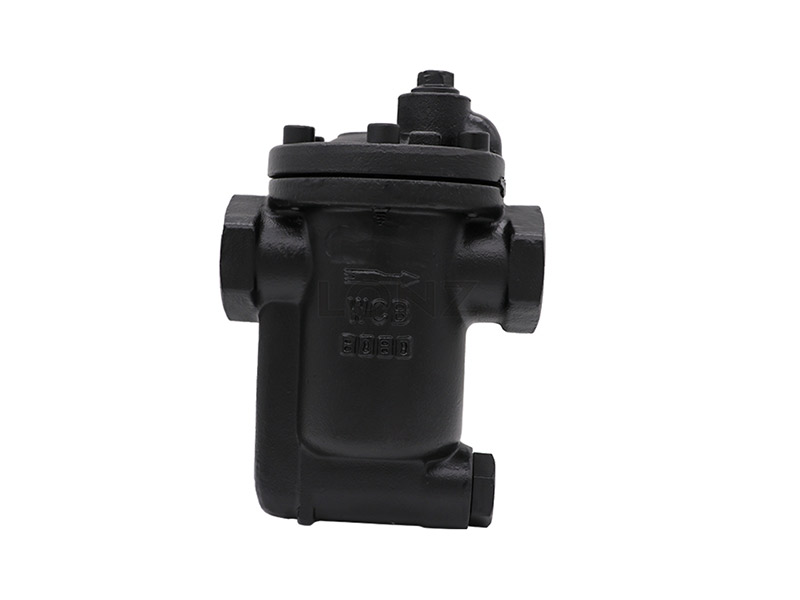The working principle and application range of steam traps
The trap is a commonly used fluid control device, mainly used to remove condensate and impurities in pipes, containers or equipment to maintain the normal operation of the system. The following will introduce the working principle of the trap and its application range.
The working principle of the trap is based on the principle of density difference and pressure balance. When steam or gas and condensed water in pipes or equipment are mixed, the density of steam or gas is smaller and the density of condensed water is larger. In a trap, by adjusting the position of parts such as the valve disc, piston or float, condensate can be automatically discharged while keeping steam or gas circulating in the system.

Traps have a wide range of applications. They are commonly used in industrial and commercial areas such as steam systems, heating systems, cooling systems, air conditioning systems, etc. In the steam system, the trap is used to remove the condensed water generated in the steam pipe to prevent the occurrence of water hammer; in the heating system, the trap is used to remove the condensed water accumulated in the heating equipment to ensure the heating effect and the stability of the system. ; In the cooling system, the trap can discharge condensate water to prevent pipe blockage and corrosion; in the air conditioning system, the trap is used to discharge condensate water to ensure the normal operation of the air conditioning equipment.
In summary, traps can automatically remove condensate from pipes, containers or equipment by utilizing density differences and pressure balance to maintain the normal operation of fluid systems. They are widely used in many industries such as steam systems, heating systems, cooling systems and air conditioning systems to ensure system safety and reliability.
Share to:

